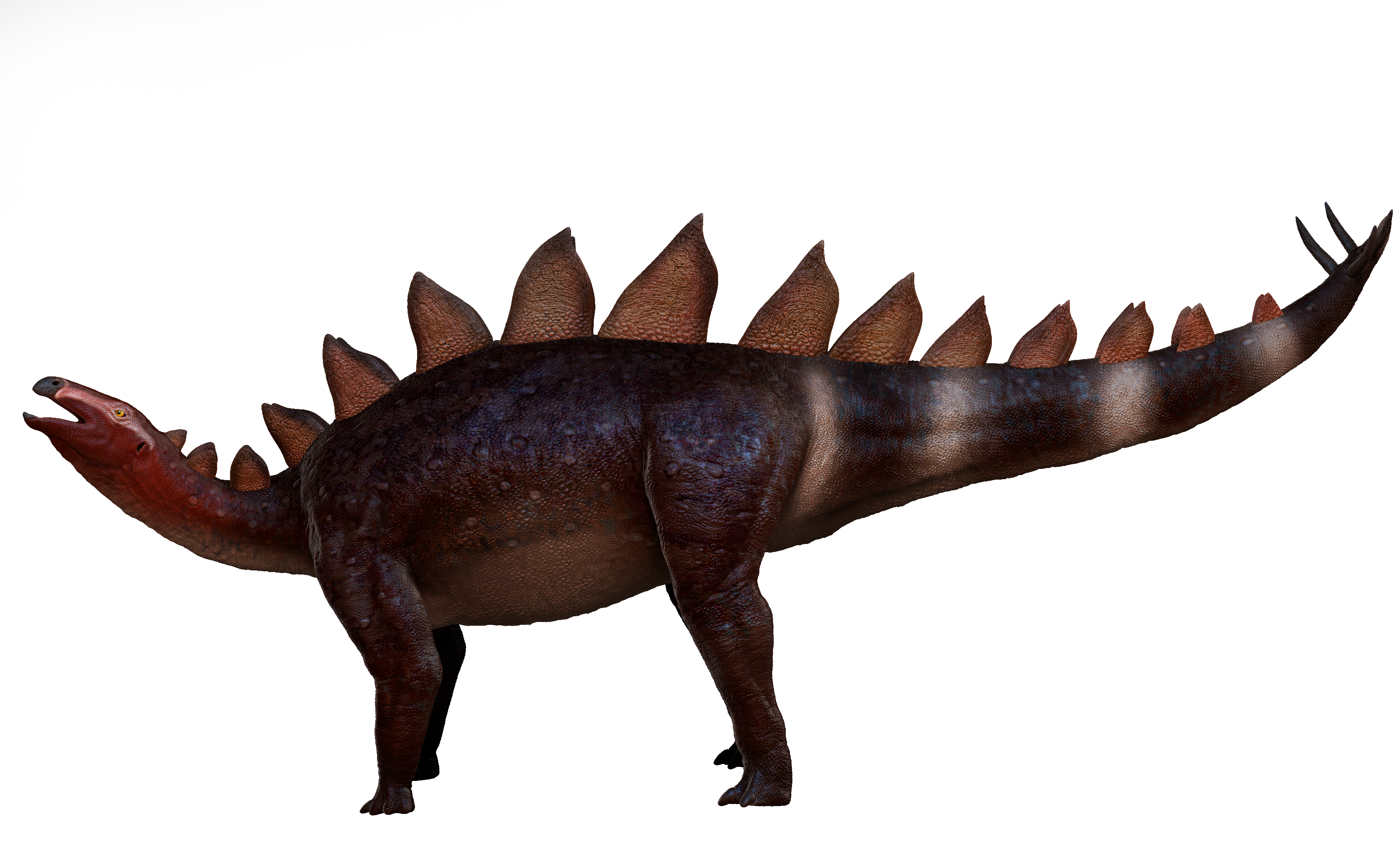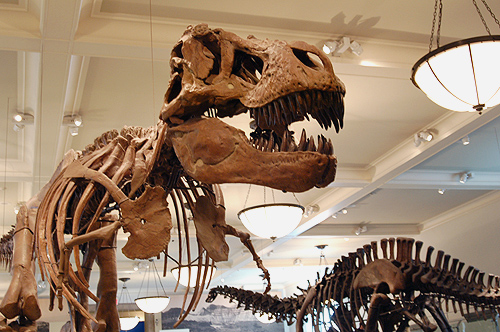|
Kileskus
''Kileskus'' (meaning ''lizard'' in the Khakas language) is a genus of tyrannosauroid dinosaur known from partial remains found in Middle Jurassic (Bathonian stage) Itat Formation of Sharypovsky District, Krasnoyarsk Krai (Russia). Fossils recovered include the holotype maxilla, a premaxilla, a surangular, and a few bones from the hand and foot. Additional remains referred to the species include cervical and caudal vertebrae, as well as a fibula. The skull bones are similar to those of ''Proceratosaurus''. The type species is ''K. aristotocus''. ''Kileskus'' was named in 2010 by Averianov and colleagues. Classification ''Kileskus'' has been included in two phylogenetic analyses and found to be a basal proceratosaurid both times. Although it is unknown whether ''Kileskus'' sported a nasal crest, it can be assigned to Proceratosauridae due to a number of other features. These include elongated external nares, a short ventral margin of the premaxilla, and the area of the an ... [...More Info...] [...Related Items...] OR: [Wikipedia] [Google] [Baidu] |
Proceratosauridae
Proceratosauridae is a family or clade of tyrannosauroid theropod dinosaurs from the Middle Jurassic to the Early Cretaceous. Distinguishing features Unlike the advanced tyrannosaurids but similar to primitive tyrannosauroids like '' Dilong'', proceratosaurids were generally small (with the exception of the possible proceratosaurids '' Yutyrannus'' and '' Sinotyrannus'') and had fairly long, three-fingered arms capable of grasping prey. In comparison to other members of Tyrannosauroidea, proceratosaurids can be distinguished by the following features according to phylogenetic analyses by Averianov ''et al''. (2010) and Loewen ''et al''. (2013) : * A sagittal cranial crest formed by the nasals starting at the junction of the premaxilla and nasals. * Extremely elongated external nares, with posterior margins posterior to the anterior margin of the antorbital fossa and maxillary fenestrae. * A short ventral margin of the premaxilla. * The depth of the antorbital fossa ventral t ... [...More Info...] [...Related Items...] OR: [Wikipedia] [Google] [Baidu] |
Itat Formation
The Itat Formation (Russian: итатская свита) is a geologic formation in western Siberia. It was deposited in the Bajocian to Bathonian ages of the Middle Jurassic. Dinosaur remains are among the fossils that have been recovered from the formation, including the proceratosaurid '' Kileskus'', as well as fish, amphibians, mammals and many other vertebrates. The formation is noted for bearing significant coal reserves, with large open pit coal mines extracting lignite from the unit currently in operation. Lithology The lower section of the formation is around 50–130 m thick, and consists of light grey sandstones with gravel, siltstone and rare coal beds. At the Dubinino locality, the 50 m exposed section of the upper part of the formation shows an irregular rhythmic alteration of fine grained sandstone, siltstone and mudstone and coal seams typically a few tens of cm's but up to several meters thick. The deposit is located on the South Eastern margin of the West Si ... [...More Info...] [...Related Items...] OR: [Wikipedia] [Google] [Baidu] |
Proceratosaurus
''Proceratosaurus'' ( ) is a genus of theropod dinosaur that lived during the Middle Jurassic in what is now England. The holotype and only known specimen consists of a mostly complete skull with an accompanying lower jaw and a bone, found near Minchinhampton, a town in Gloucestershire. It was originally described as a species of ''Megalosaurus'' in 1910, ''M. bradleyi'', but was moved to its own genus, ''Proceratosaurus'', in 1926. The genus was named for its supposed close relationship with ''Ceratosaurus,'' later shown to be erroneous, due to perceived resemblance of ''Proceratosaurus''' incomplete cranial crest to ''Ceratosaurus nasal horn. A small to medium-sized dinosaur, the skull of ''Proceratosaurus'' is long as preserved, and the dinosaur is estimated to have measured around in length. The skull is characterised by a number of distinguishing features, including a cranial crest that begins at the junction between the and the nasal bone. The teeth are heterodont, ha ... [...More Info...] [...Related Items...] OR: [Wikipedia] [Google] [Baidu] |
Tyrannosauroidea
Tyrannosauroidea (meaning 'tyrant lizard forms') is a superfamily (or clade) of coelurosaurian theropod dinosaurs that includes the family Tyrannosauridae as well as more basal relatives. Tyrannosauroids lived on the Laurasian supercontinent beginning in the Jurassic Period. By the end of the Cretaceous Period, tyrannosauroids were the dominant large predators in the Northern Hemisphere, culminating in the gigantic ''Tyrannosaurus''. Fossils of tyrannosauroids have been recovered on what are now the continents of North America, Europe and Asia. If Megaraptora is part of Tyrannosauroidea, this would extend the distribution of the group to Australia and South America, and possible fragmentary remains of tyrannosauroids have also been reported from these continents. Tyrannosauroids were bipedal carnivores, as were most theropods, and were characterized by numerous skeletal features, especially of the skull and pelvis. Early in their existence, tyrannosauroids were small predat ... [...More Info...] [...Related Items...] OR: [Wikipedia] [Google] [Baidu] |
Timeline Of Tyrannosaur Research
This timeline of tyrannosaur research is a chronological listing of events in the history of paleontology focused on the tyrannosaurs, a group of predatory theropod dinosaurs that began as small, long-armed bird-like creatures with elaborate cranial ornamentation but achieved apex predator status during the Late Cretaceous as their arms shrank and body size expanded. Although formally trained scientists did not begin to study tyrannosaur fossils until the mid-19th century, these remains may have been discovered by Native Americans and interpreted through a mythological lens. The Montana Crow tradition about thunder birds with two claws on their feet may have been inspired by isolated tyrannosaurid forelimbs found locally. Other legends possibly inspired by tyrannosaur remains include Cheyenne stories about a mythical creature called the Ahke, and Delaware stories about smoking the bones of ancient monsters to have wishes granted. Tyrannosaur remains were among the first dinos ... [...More Info...] [...Related Items...] OR: [Wikipedia] [Google] [Baidu] |
List Of Dinosaurs
Dinosaurs are a diverse group of reptiles of the clade Dinosauria. They first appeared during the Triassic Geological period, period, between 243 and 233.23 annum, million years ago, although the exact origin and timing of the evolution of dinosaurs is the subject of active research. They became the dominant terrestrial vertebrates after the Triassic–Jurassic extinction event 201.3 million years ago; their dominance continued throughout the Jurassic and Cretaceous periods. The fossil record demonstrates that birds are modern feathered dinosaurs, having Evolution of birds, evolved from earlier Theropoda, theropods during the Late Jurassic Epoch (geology), epoch. Birds were therefore the only dinosaur lineage to survive the Cretaceous–Paleogene extinction event approximately 66 million years ago. Birds are Feathered dinosaur, feathered theropod Dinosaur, dinosaurs and constitute the Origin of birds, only known living dinosaurs. This list of dinosaurs is a compreh ... [...More Info...] [...Related Items...] OR: [Wikipedia] [Google] [Baidu] |
Bathonian
In the geologic timescale the Bathonian is an age (geology), age and stage (stratigraphy), stage of the Middle Jurassic. It lasted from approximately 168.2 ±1.2 annum, Ma to around 165.3 ±1.1 Ma (million years ago). The Bathonian Age succeeds the Bajocian Age and precedes the Callovian Age. Stratigraphic definitions The Bathonian Stage takes its name from Bath, Somerset, Bath, a spa town in England built on Jurassic limestone (the Latinized form of the town name is ''Bathonium''). The name was introduced in scientific literature by Belgian geologist Jean Baptiste Julien d'Omalius d'Halloy, d'Omalius d'Halloy in 1843. The original type locality (geology), type locality was located near Bath. The French palaeontologist Alcide d'Orbigny was in 1852 the first to define the exact length of the stage. The base of the Bathonian is at the first appearance of ammonite species ''Parkinsonia (ammonite), Parkinsonia (Gonolkites) convergens'' in the stratigraphic column. The global referen ... [...More Info...] [...Related Items...] OR: [Wikipedia] [Google] [Baidu] |
Bathonian Dinosaurs
In the geologic timescale the Bathonian is an age and stage of the Middle Jurassic. It lasted from approximately 168.2 ±1.2 Ma to around 165.3 ±1.1 Ma (million years ago). The Bathonian Age succeeds the Bajocian Age and precedes the Callovian Age. Stratigraphic definitions The Bathonian Stage takes its name from Bath, a spa town in England built on Jurassic limestone (the Latinized form of the town name is ''Bathonium''). The name was introduced in scientific literature by Belgian geologist d'Omalius d'Halloy in 1843. The original type locality was located near Bath. The French palaeontologist Alcide d'Orbigny was in 1852 the first to define the exact length of the stage. The base of the Bathonian is at the first appearance of ammonite species '' Parkinsonia (Gonolkites) convergens'' in the stratigraphic column. The global reference profile for the base of the Bathonian (a GSSP) was ratified as Ravin du Bès, Bas-Auran area, Alpes de Haute Provence, France in 2009. The top ... [...More Info...] [...Related Items...] OR: [Wikipedia] [Google] [Baidu] |
Dinosaur Genera
Dinosaurs are a diverse group of reptiles of the clade Dinosauria. They first appeared during the Triassic Geological period, period, between 243 and 233.23 million years ago (mya), although the exact origin and timing of the #Evolutionary history, evolution of dinosaurs is a subject of active research. They became the dominant terrestrial vertebrates after the Triassic–Jurassic extinction event 201.3 mya and their dominance continued throughout the Jurassic and Cretaceous periods. The fossil record shows that birds are feathered dinosaurs, Evolution of birds, having evolved from earlier Theropoda, theropods during the Late Jurassic epoch, and are the only dinosaur lineage known to have survived the Cretaceous–Paleogene extinction event approximately 66 mya. Dinosaurs can therefore be divided into avian dinosaurs—birds—and the extinct non-avian dinosaurs, which are all dinosaurs other than birds. Dinosaurs are varied from taxonomy (biology), taxonomic, ... [...More Info...] [...Related Items...] OR: [Wikipedia] [Google] [Baidu] |
2010 In Paleontology
Plants Bennettitales Cycadales Czekanowkiales Pinales Pteridospermopsida Angiosperms Other plants Molluscs Newly named bivalves Arthropods Fishes Amphibians Newly named amphibians Basal reptiles Newly named basal reptiles Ichthyopterygians Newly named ichthyopterygians Lepidosauromorphs Newly named plesiosaurs Newly named basal lepidosaurs Newly named lizards Newly named snakes Turtles Newly named turtles Archosauromorphs Newly named basal archosauromorphs Archosaurs Synapsids Newly named non-mammalian synapsids Mammals Other animals Footnotes Complete author list As science becomes more collaborative, papers with large numbers of authors are becoming more common. To prevent the deformation of the tables, these footnotes list the contributors to papers that erect new genera and have many authors. References {{Reflist, 2 2010 in paleontology, ... [...More Info...] [...Related Items...] OR: [Wikipedia] [Google] [Baidu] |








